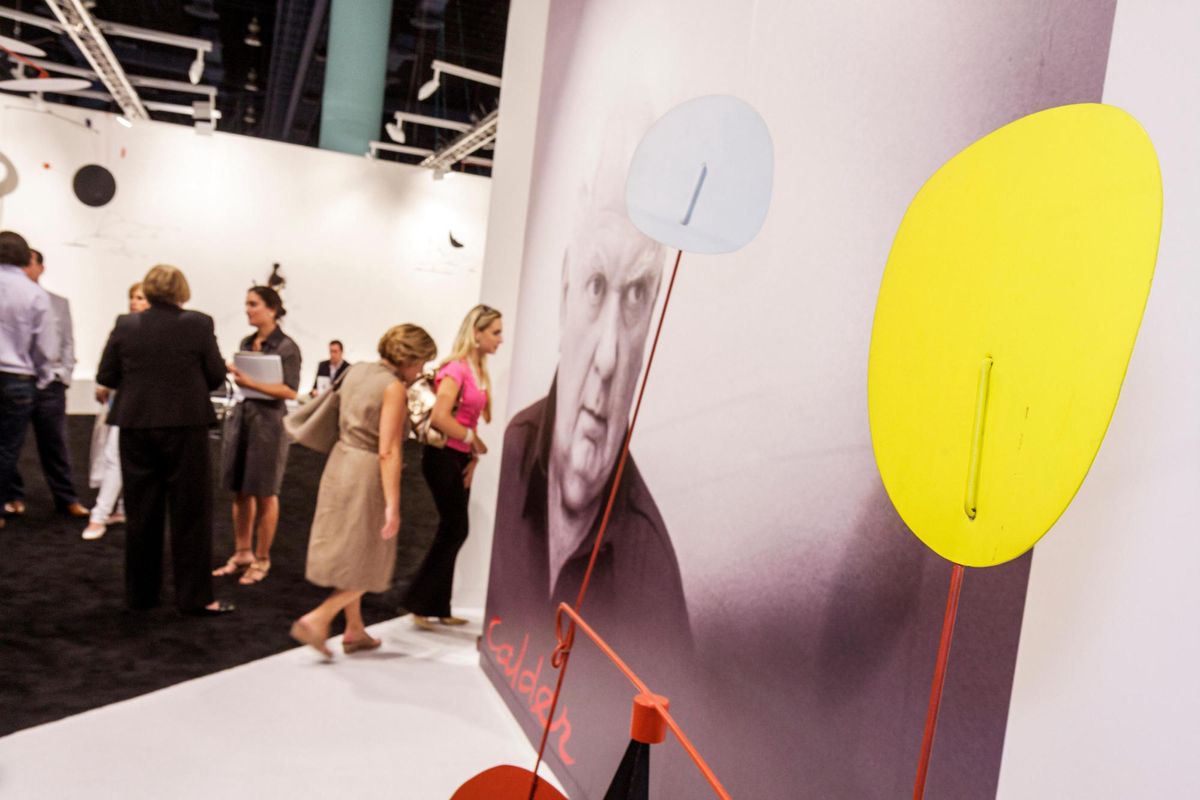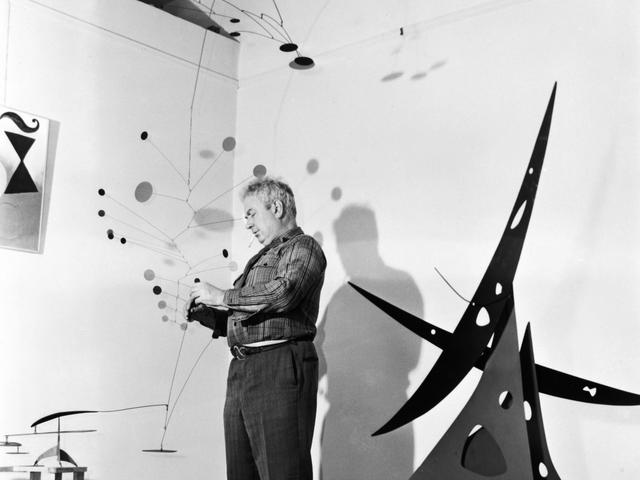An Alexander Calder sculpture valued at $8.7m is the subject of multiple lawsuits in New York—including accusations of theft, conspiracy, fraud and even stalking—between a gallerist, a dealer and an art adviser and daughter of the previous owner of the work. The Daily Beast’s Emily Shugerman broke the story on 18 August, detailing a family drama that has spilled over into the art world. Caught in the middle is Manhattan gallerist Edward Tyler Nahem, who last week filed the latest suit surrounding ownership of the Calder mobile.
In Nahem’s filing, he seeks $5m in damages and asks the judge to officially declare that Calder’s Mobile de Bretagne (1950) belongs to his gallery and bar the daughter of its former owner (who claims he conspired to steal it from her dying mother) from “continuing to act tortiously and outrageously” toward him. (Calder mobiles from the same period as Mobile de Bretagne have fetched more than $15m at auction in recent years.)
Nahem attests that he bought the sculpture in 2017 from the French dealer Elizabeth Royer-Grimblat, a self-styled “art detective” who has done extensive research on Nazi-looted art. After he acquired the mobile, Nahem says that the art adviser and photographer Lea Lee, a daughter of the previous owner of the work, contacted him to say that her mother had never wanted to sell the piece and that Lee's sisters and Royer-Grimblat had conspired to steal it. When Nahem approached Royer-Grimblat with the dilemma, the dealer reportedly said that Lee was “lying and unstable”, so he refused to return the work to her. Both Lee and Royer-Grimblat are named as defendants in Nahem’s lawsuit. He accuses Royer-Grimblat of fraud for misrepresenting the situation surrounding the Calder work.
Lee had sued Nahem, Royer-Grimblat and her own sisters in January of this year, alleging that the sale of the work had been illegal and requesting an injunction to stop any future sales. Lee, granddaughter of the architect Oscar Nitzschké (a friend of Calder’s), claims she did not know about the sale of Mobile de Bretagne until she saw the work on Nahem’s stand at the Swiss fair Art Basel in 2018. She also says her mother had not wanted anything from her art collection to be sold.
A judge dismissed Lee's suit in June, pointing to evidence that her mother had, in fact, agreed to sell the mobile through Royer-Grimblat before her death in December 2017. Lee has since filed an appeal, claiming that the documents presented are not an official consignment agreement and hence irrelevant to the case. All of this is making it hard for Nahem to resell the Calder work, he claims.
In his own suit, Nahem alleges that around the time of Lee’s initial lawsuit, she began to stalk him “at art fairs and art auctions where he was surrounded by his staff, his spouse, his colleagues and, most damagingly, the gallery’s clients”—at Tefaf New York in May, Lee allegedly called him a thief and refused to leave his booth. He says that Lee has also filed a complaint against him in France, in effect keeping him out of the country (and away from collectors who live there), as he is unfamiliar with the French legal system and unwilling to risk any “potential consequences” of her filing.



